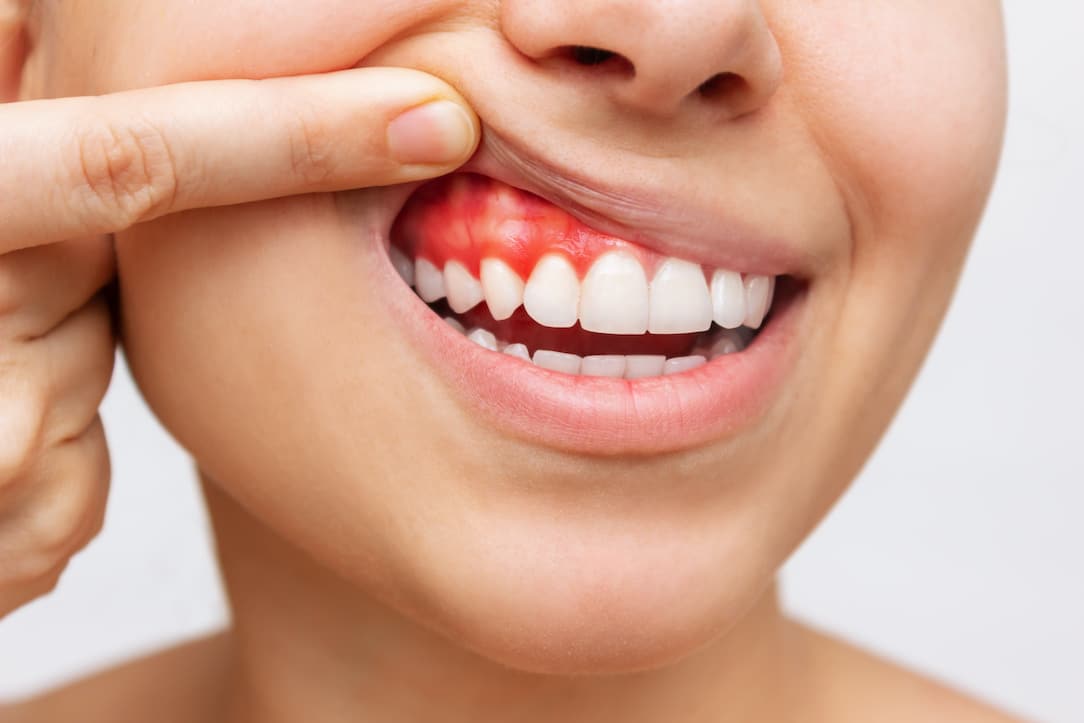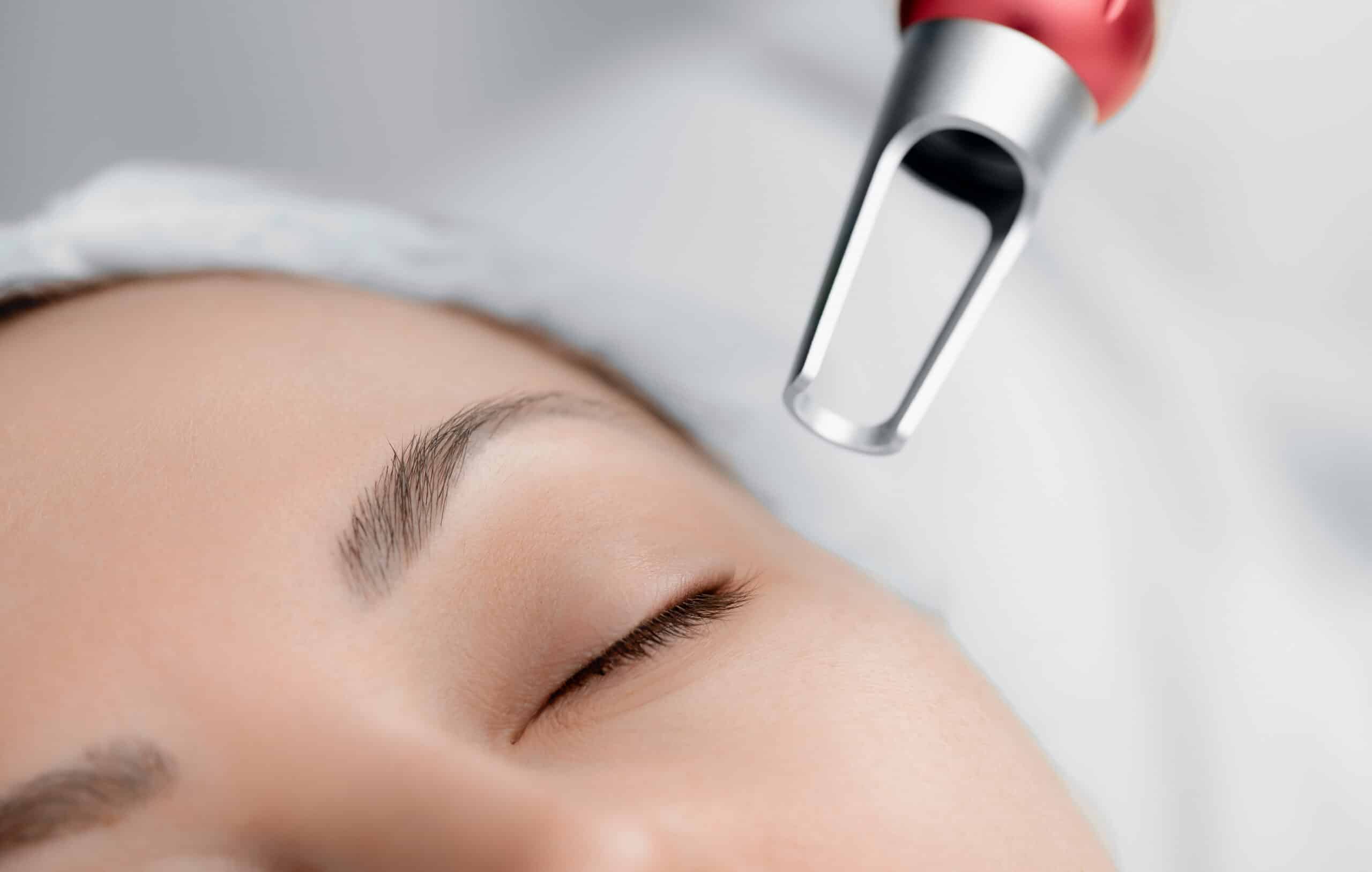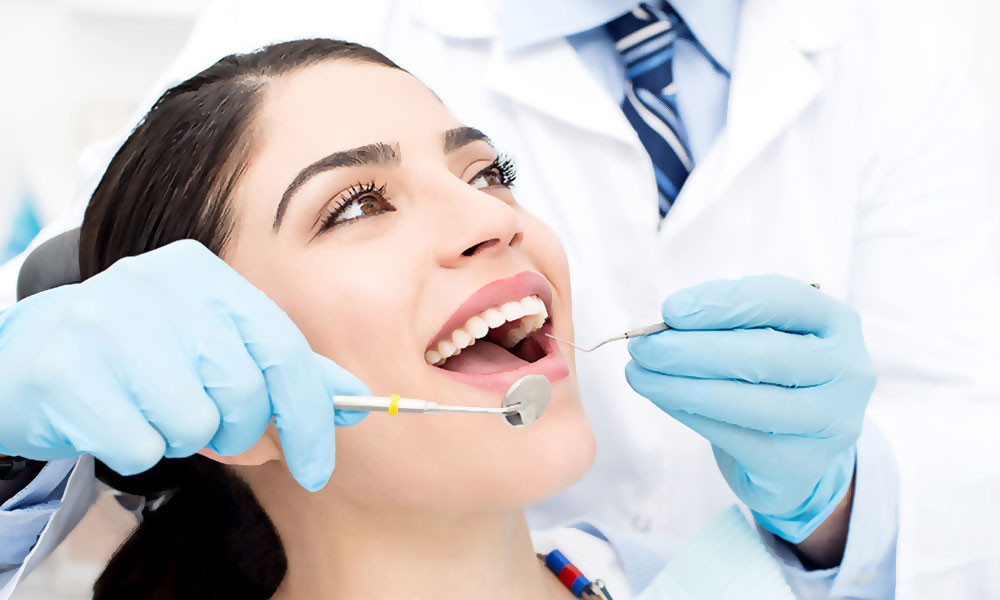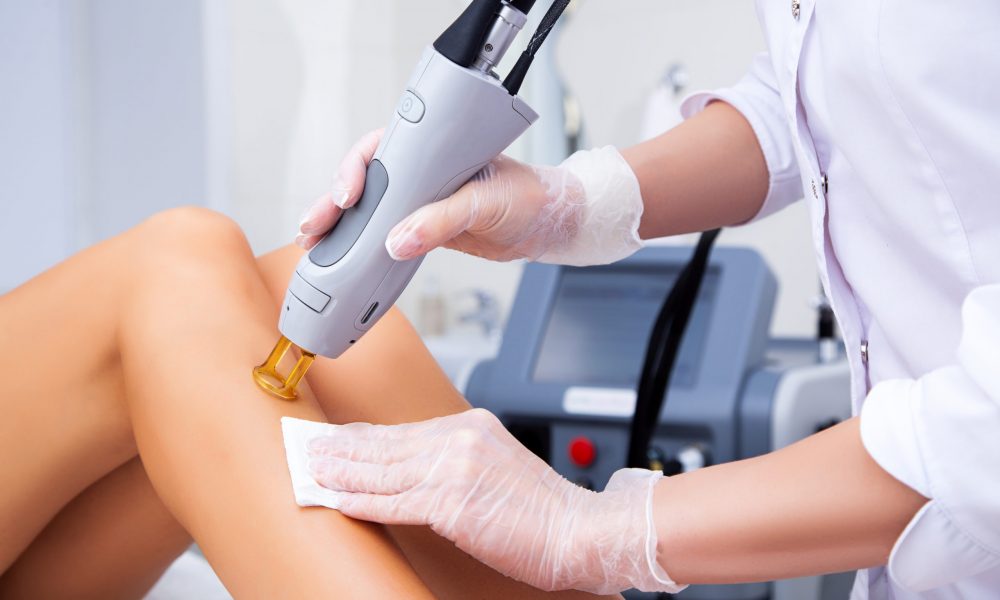As a new mother, navigating the world of breastfeeding can be both daunting and rewarding. One key factor that can significantly impact breastfeeding success is finding the right position for you and your baby. In this article, we will dive into the different breastfeeding positions, from the classic cradle hold to the lesser-known cross-cradle position.
Discovering the most effective breastfeeding position for you and your little one is a personal journey that requires patience and experimentation. Each position offers unique benefits, such as promoting a proper latch, reducing discomfort, and ensuring milk flow. By exploring different positions, you can find the one that works best for you and your baby, leading to a more comfortable and successful breastfeeding experience.
Whether you’re a first-time mom or a seasoned pro, understanding the nuances of breastfeeding positions is essential. Join us as we explore the cradle hold, football hold, side-lying position, and cross-cradle hold. With our tips and insights, you’ll gain the confidence and knowledge needed to make breastfeeding a joyful and bonding experience for you and your little one.
Importance Of Breastfeeding Positions
Breastfeeding positions play a crucial role in ensuring a successful breastfeeding journey. How you position yourself and your baby can impact the latch, milk transfer, and overall comfort for both of you. Proper positioning helps your baby get enough milk but also helps prevent issues like sore nipples and engorgement.
Cradle Position
The cradle position is perhaps the most commonly known breastfeeding position. In this position, you hold your baby’s head in the crook of your arm, supporting their back with your forearm. Your baby’s body is facing towards you with their mouth aligned with your nipple.
There are several benefits to using the cradle position. Firstly, it allows for a deep latch, ensuring that your baby gets enough milk and reducing the risk of nipple soreness. Additionally, the cradle position promotes eye contact and bonding between you and your baby.
To achieve a successful cradle position, bringing your baby to your breast is essential, not vice versa. Ensure your baby’s head, neck, and body are aligned, and their nose is opposite your nipple. Supporting your baby’s neck and shoulders with your hand can help maintain a comfortable and secure position.
Cross-Cradle Position
The cross-cradle position is similar to the cradle hold but slightly different. You use the opposite arm to support your baby’s head and neck in this position. For example, if you’re nursing on the right breast, you would use your left arm to support your baby’s head.
The cross-cradle position offers several advantages. It provides better control and support for your baby’s head and neck, making it especially useful for newborns who need extra support. Additionally, this position allows you more control over your baby’s latch and positioning, which can be helpful if you’re experiencing any latch issues.
To achieve a successful cross-cradle position, bring your baby’s mouth to your breast by supporting their head with your hand. Make sure your baby’s body is facing towards you, with their nose aligned with your nipple. Supporting your baby’s neck and shoulders with your hand can help maintain a secure and comfortable latch.
Benefits Of The Cradle Position
The cradle position offers several benefits for both you and your baby. Firstly, it promotes a proper latch, ensuring your baby gets enough milk and reducing the risk of nipple soreness. This position also allows for eye contact and bonding between you and your little one, enhancing the emotional connection.
Furthermore, the cradle position provides comfort and stability for you and your baby. Your arm supports your baby’s body, and their legs can rest against your side or be tucked under your arm. This position is particularly suitable for breastfeeding in public as it offers discretion and allows you to nurse discreetly with a nursing cover if desired.
Benefits Of The Cross-Cradle Position
The cross-cradle position offers unique benefits that may be advantageous in certain situations. This position provides better control and support for your baby’s head and neck, making it ideal for newborns who need extra support. It also gives you more control over your baby’s latch and positioning, which can be helpful if you’re experiencing any latch issues.
The cross-cradle position also promotes a deeper latch and better milk transfer. Using the opposite arm to support your baby’s head, you can guide their mouth to your breast and ensure a proper latch. This position can be particularly beneficial for babies with difficulty latching or mothers with larger breasts.
Tips For Successful Breastfeeding In Both Positions
Regardless of the breastfeeding position you choose, a few tips can help ensure success. First and foremost, find a comfortable and supportive chair or nursing pillow that allows you to maintain good posture. Proper posture can prevent back and neck pain, allowing you to breastfeed without discomfort for extended periods.
It’s also essential to have a relaxed and calm environment while breastfeeding. Find a quiet spot to focus on your baby and the breastfeeding process without distractions. Dimming the lights or playing soothing music can create a peaceful atmosphere for you and your little one.
Additionally, ensure your baby is positioned at your breast with their mouth wide open. This will help them achieve a deep latch and ensure efficient milk transfer. If you’re experiencing any difficulties, don’t hesitate to seek help from a lactation consultant or a healthcare professional.
Common Challenges And How To Overcome Them
While breastfeeding positions can enhance your breastfeeding experience, facing challenges is expected. Some common challenges include sore nipples, engorgement, and difficulties with latching. Fortunately, there are solutions to overcome these hurdles.
If you’re experiencing sore nipples, ensure your baby is latching correctly. A shallow latch can lead to soreness and discomfort. Ensure your baby’s mouth covers a significant portion of your areola, not just the nipple. If you need clarification on whether your baby is latching correctly, seek guidance from a lactation consultant who can provide hands-on assistance.
Engorgement, or a feeling of fullness in the breasts, can make breastfeeding uncomfortable. To alleviate engorgement, apply a warm compress or shower before nursing to encourage milk flow. You can also hand express or use a breast pump to relieve some pressure before latching your baby.
Difficulties with latching can be frustrating for both you and your baby. If you’re having trouble, try different positions, such as the cross-cradle hold, to achieve a better latch. Additionally, using breast shields or seeking guidance from a lactation consultant can help improve latching and overall breastfeeding success.
Other Breastfeeding Positions To Consider
While the cradle and cross-cradle positions are popular and effective, other breastfeeding positions are worth exploring. The football hold, also known as the clutch hold, involves tucking your baby under your arm, with its body positioned alongside you. This position is particularly useful for mothers who have had a c-section or for babies who have trouble latching.
The side-lying position is another option that can be convenient, especially during nighttime feedings. Simply lie on your side with your baby facing you, and bring them close to your breast. This position allows you to rest while breastfeeding and can be particularly helpful for tired moms or babies who struggle with reflux.
Using Pillows And Props To Support Breastfeeding
Using pillows and props can significantly enhance your breastfeeding experience by providing additional support and comfort. Nursing pillows, such as the Boppy pillow or My Brest Friend, can help position your baby at the correct height, reducing strain on your back and shoulders. These pillows also provide stability and support, making breastfeeding more comfortable for you and your little one.
Aside from nursing pillows, props like rolled-up blankets or towels can be used to achieve the ideal positioning. For example, placing a rolled-up blanket under your baby’s head can help align their mouth with your nipple, promoting a proper latch. Experiment with different props to find what works best for you and your baby.
Conclusion And Final Thoughts
Finding the most effective breastfeeding position for you and your baby is an important part of your breastfeeding journey. Each technique offers unique benefits and advantages, from the classic cradle hold to the cross-cradle position. By exploring different positions, seeking guidance when needed, and utilizing supportive tools, you can create a comfortable and successful breastfeeding experience for you and your little one.
Remember, breastfeeding is a personal journey; what works for one mother may not work for another. Be patient with yourself and your baby as you discover the position that suits you best. With time, practice, and support, you can establish a strong breastfeeding relationship that nourishes and nurtures your baby, fostering a deep bond that lasts a lifetime.









